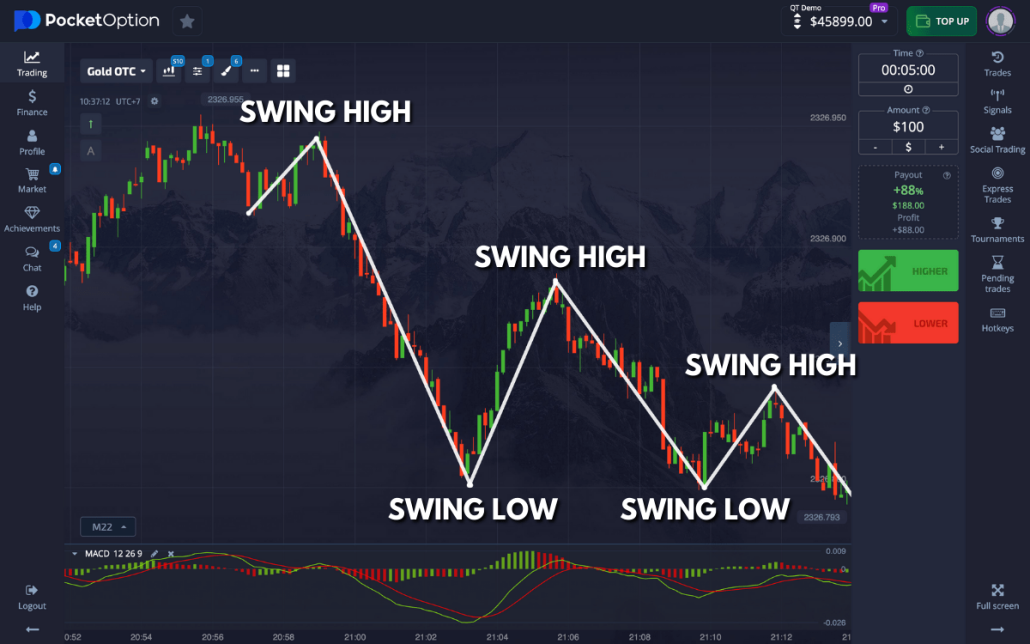
Trading Strategy with Parabolic SAR
The Parabolic SAR (Stop and Reverse) is a widely used technical indicator in trading that helps traders identify potential reversal points in the market. By understanding its application, traders can develop an effective Trading Strategy with Parabolic SAR Indicator and ADX Filtering торговая стратегия с Parabolic SAR и ADX that enhances their performance. In this article, we will explore the Parabolic SAR’s mechanics, its integration into trading strategies, and tips for maximizing its effectiveness.
Understanding Parabolic SAR
The Parabolic SAR is plotted on a price chart and appears as dots above or below the price. The position of these dots indicates whether the market is in an uptrend or downtrend. When the dots are below the price, it indicates a potential uptrend, while dots above the price suggest a downtrend. The indicator also suggests possible stop loss levels, allowing traders to manage their risk effectively.
How to Calculate Parabolic SAR
Calculating the Parabolic SAR involves several steps. The core components of the calculation are the previous Parabolic SAR value, the Extreme Point (EP), and the acceleration factor (AF). The AF typically starts at 0.02 and can increase up to 0.20 as the trend continues.
- Identify the Extreme Point (EP), which is the highest high for an uptrend or the lowest low for a downtrend.
- Calculate the Parabolic SAR using the formula:
- Adjust the AF based on the ongoing trend. If the trend continues, the AF can be incremented by 0.02 for each new EP.
SAR = Previous SAR + AF x (EP – Previous SAR)
Developing a Trading Strategy with Parabolic SAR
Building a trading strategy with the Parabolic SAR involves identifying entry and exit points based on the indicator’s signals. Here’s a basic strategy to get started:
1. Setting Up Your Chart
Begin by adding the Parabolic SAR indicator to your trading platform. Most trading software provides a built-in option. Ensure to set the standard parameters (AF = 0.02, incrementing to a maximum of 0.2).
2. Identifying Entry Points

When the Parabolic SAR dot shifts below the price, it signals a potential buy opportunity. Conversely, if the dot moves above the price, it indicates a sell signal. Traders often look for confirmation through other indicators, such as Moving Averages or the Relative Strength Index (RSI), to increase the probability of a successful trade.
3. Setting Stop Loss
The Parabolic SAR also serves as a dynamic stop loss. You can place your stop loss just below the Parabolic SAR dot in an uptrend or above the dot in a downtrend. This method helps to lock in profits while protecting against sudden market reversals.
4. Determining Exit Points
Exiting a trade can be done when the Parabolic SAR changes direction. If you are in a buy position and the SAR moves above the price, it would be time to exit the trade. Similarly, you would exit a sell position when the SAR moves below the price.
Combining Parabolic SAR with Other Indicators
While Parabolic SAR is effective on its own, combining it with other indicators can enhance its predictive power. For instance:
- ADX (Average Directional Index): This indicator measures the strength of a trend. A strong trend indicated by ADX can add confidence to Parabolic SAR’s signals.
- Moving Averages: Using a combination of short and long-term moving averages can help confirm the trend direction indicated by the Parabolic SAR.
Tips for Using Parabolic SAR Effectively
Here are several tips to consider when implementing the Parabolic SAR in your trading strategy:
- Use in Trending Markets: The Parabolic SAR is best used in trending markets, as it may provide false signals in sideways (range-bound) markets.
- Adjust Your AF: Experiment with adjusting the acceleration factor to suit your trading style and the markets you’re trading. A higher AF may yield more aggressive trades but could increase risk.
- Practice with a Demo Account: Before committing real capital, practice your strategy on a demo account to gain confidence and understanding of how the indicator performs in live conditions.
Conclusion
Incorporating the Parabolic SAR into your trading strategy can significantly improve your ability to identify potential reversals and manage trades effectively. By understanding how to calculate the indicator, develop a robust strategy, and combine it with other tools, traders can enhance their trading success. Remember to backtest your strategy thoroughly and make necessary adjustments based on market conditions for best results.

No responses yet